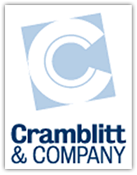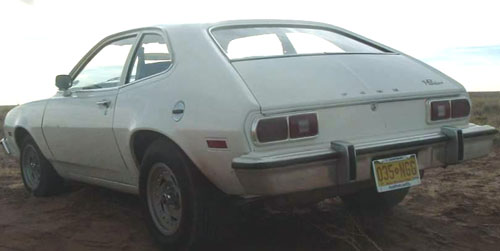PR in practice: protect or serve?
September 7th, 2009 | 2 Comments
When it comes to PR, most companies fall into one of two categories: protect or serve.
The protect companies tend to regard most media as adversaries, or at least as a necessary annoyance. These companies have a lot of secrets, sometimes real, sometimes imagined. Access to top company officers is about as likely as sitting down for a chat with Kim Jong-il.
The serve companies welcome almost any and all comers. They want to tell their stories. Their default attitude toward media is trust, unless they have good reason to be suspicious. Their leaders are open and accessible.
I’ve worked almost exclusively with serve companies, and readily admit not understanding the reasoning behind some of the protect companies. If they have the proper training, why wouldn’t you want your top people in front of the media? Aren’t they the most passionate at telling the company’s story, the ones who live it every day?
In technical companies, why not train your top engineers to deal with the media and use them as your spokespersons? If your customers are engineers, won’t they respond better to someone with a similar background than to a marketing weenie?
I know that there are repercussions when an executive says the wrong thing. But, unless it’s really heinous (and you’re in a bad situation if you work with people who’ll say heinous things), most gaffes can be corrected, and an honest apology goes a long way.
Don’t know about you, but I trust the company that speaks to me more than the one that doesn’t.


